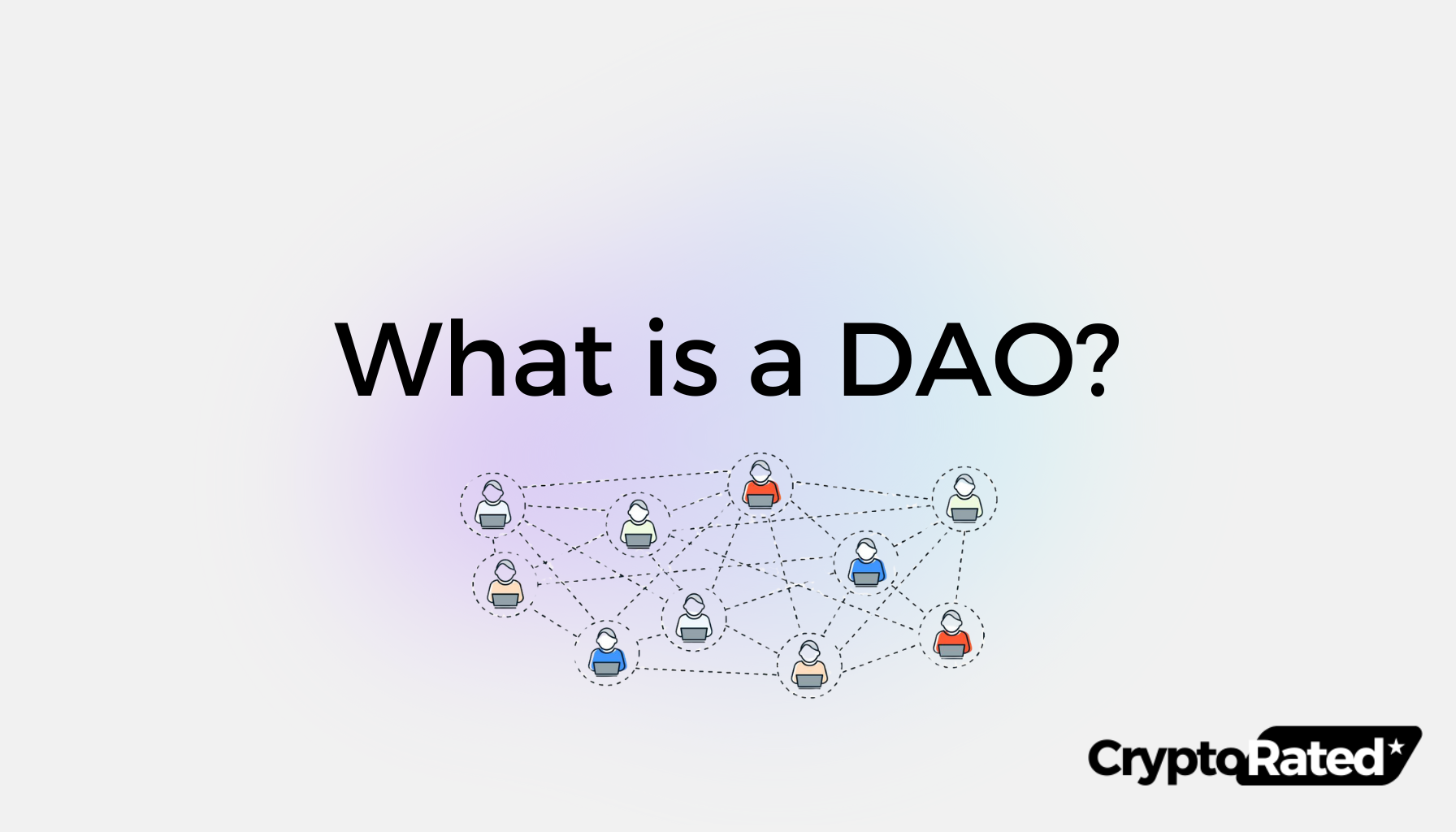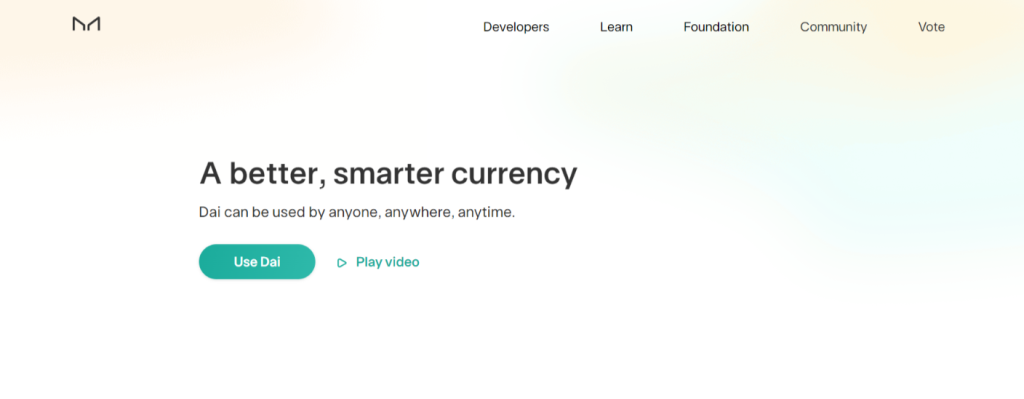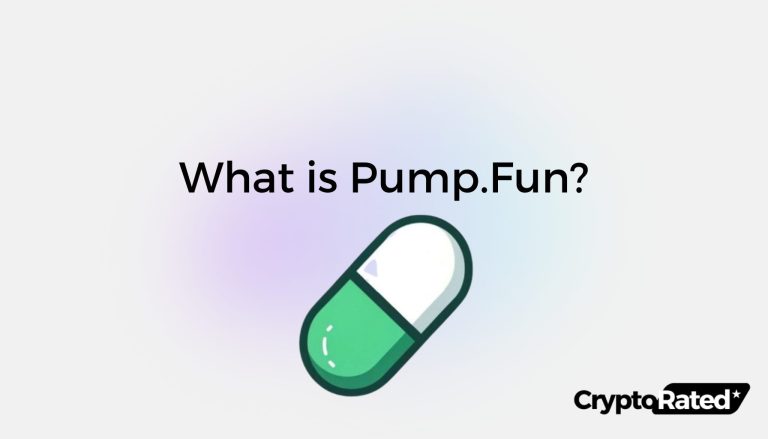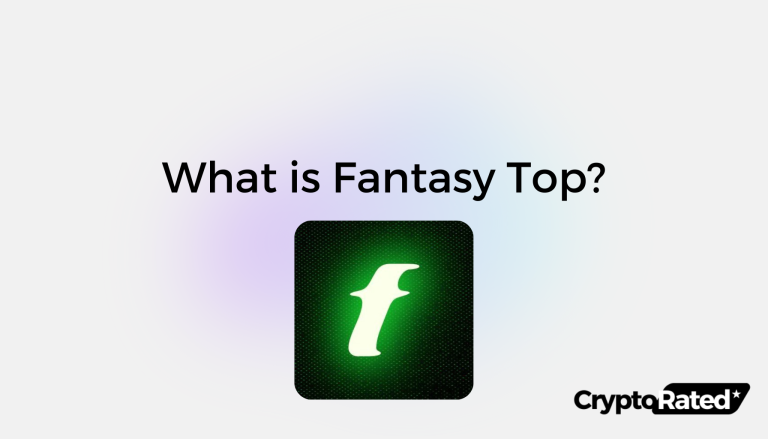
What Is A DAO?
Decentralized autonomous organizations (DAOs) have been gaining popularity as a new form of Internet organization. These entities have no central leadership and operate on a bottom-up decision-making process. DAOs are governed by a community that follows a specific set of rules enforced on a blockchain.
DAOs are owned and managed collectively by their members. They have built-in treasuries that require the approval of their members for access1. The decision-making process involves proposals that are voted on by the group during a specified period. DAOs can serve a wide range of purposes, from freelancer networks that pool funds for software subscriptions to charitable organizations where members approve donations and venture capital firms owned by a group.
Key Takeaways
- DAOs are internet-native organizations with no central leadership and operate on a bottom-up decision-making process.
- Members collectively own and manage DAOs, and decisions are made via proposals that are voted on by the group.
- DAOs can serve a wide range of purposes and have built-in treasuries that require member approval for access.
How Do DAOs work?
A DAO is an organization where decisions are made from the bottom-up, and it is owned by a collective of members. DAOs operate using smart contracts2, which are essentially chunks of code that automatically execute whenever a set of criteria is met. Smart contracts are deployed on numerous blockchains nowadays, though Ethereum was the first to use them. These smart contracts establish the DAO’s rules.
Those with a stake in a DAO get voting rights and may influence how the organization operates by deciding on or creating new governance proposals. This model prevents DAOs from being spammed with proposals. A proposal will only pass once the majority of stakeholders approve it. How that majority is determined varies from DAO to DAO and is specified in the smart contracts. DAOs are fully autonomous and transparent.
As they are built on open-source blockchains, anyone can view their code. Anyone can also audit their built-in treasuries, as the blockchain records all financial transactions.
What Are Some Examples of Popular DAOs?
DAOs are a new type of organization that is governed by software and doesn’t have a central authority. DAOs are still in their early stages of development, but they have the potential to revolutionize the way organizations are run.
Here are three examples of DAOs and a table summarizing their key features:
- MakerDAO: Governs DAI, a decentralized stablecoin pegged to the US dollar. MKR holders manage the supply and liquidity of DAI, determine collateral for lending and borrowing, and decide the DAI savings rate.
- Uniswap: A decentralized exchange (DEX) that allows users to trade cryptocurrencies without intermediaries. Uniswap token holders vote on proposals related to the protocol’s development and operations.
- PancakeSwap: A DEX on the Binance Smart Chain (BSC) that allows users to trade cryptocurrencies without intermediaries. CAKE token holders vote on proposals related to the protocol’s development and operations.
| Feature | MakerDAO | Uniswap | PancakeSwap |
|---|---|---|---|
| Purpose | Stablecoin governance | Decentralized exchange | Decentralized exchange |
| Governance Token | MKR | UNI | CAKE |
| Token Holders’ Role | Manage DAI supply, collateral, and savings rate | Vote on protocol proposals | Vote on protocol proposals |
| Decentralization | Highly decentralized | Moderately decentralized | Moderately decentralized |
| Use Cases | Financial applications, stablecoin issuance | DEX trading, liquidity provision | DEX trading, liquidity provision |

How Are DAOs Created?
Generally, a DAO is created and launched following these three steps:
1. Smart contract creation
First, a developer or group of developers must create the smart contract behind the DAO. After launch, they can only change the rules set by these contracts through the governance system. That means they must extensively test the contracts to ensure they don’t overlook important details.
2. Funding
After the smart contracts have been created, the DAO needs to determine a way to receive funding and how to enact governance. More often than not, tokens are sold to raise funds; these tokens give holders voting rights.
3. Deployment
Once everything is set up, the DAO needs to be deployed on the blockchain. From this point on, stakeholders decide on the future of the organization. The organization’s creators — those who wrote the smart contracts — no longer influence the project any more than other stakeholders.
Why Do We Need DAOs?
DAOs are internet-native organizations that offer several advantages over traditional organizations. One significant advantage is the lack of trust between parties. Unlike traditional organizations, which require trust in the people behind them, only the code needs to be trusted in DAOs3.
Trust in the code is easier to establish because it is publicly available and can be extensively tested before launch. Moreover, every action a DAO takes after being launched has to be approved by the community, making it completely transparent and verifiable.
Another advantage of DAOs is their lack of hierarchical structure. Despite this, they can still accomplish tasks and grow while being controlled by stakeholders via their native token. Any stakeholder can put forward an innovative idea that the entire group will consider and improve upon. Internal disputes are often easily solved through the voting system in line with the pre-written rules in the smart contract.
DAOs also allow investors to pool funds, giving them a chance to invest in early-stage startups and decentralized projects while sharing the risk or any profits that may come out of them. This provides investors with a unique opportunity to participate in the growth of innovative projects and startups.
In summary, DAOs offer a transparent, trustless, and innovative way of organizing and investing, making them a necessary tool in the current Internet age.
What are Some Of the issues with DAOs?
While DAOs have the potential to revolutionize the way organizations function, they also come with a set of disadvantages that cannot be ignored.
| Disadvantage | Description |
|---|---|
| Governance complexity | DAOs can be complex to govern, as they typically involve a large number of stakeholders with different interests. This can make it difficult to make decisions and ensure that the organization is operating effectively. |
| Security vulnerabilities | DAOs are software-based, and as such, they are vulnerable to security attacks. This is a major concern, as DAOs often hold large amounts of cryptocurrency. |
| Limited scalability | DAOs can be slow and inefficient, as they rely on blockchain technology. This can be a problem for DAOs that need to make quick decisions or process large amounts of data. |
| Lack of legal clarity | The legal status of DAOs is still unclear in many jurisdictions. This can make it difficult for DAOs to operate and raise capital. |
What Is The Principal Agent Dilema?
The principal-agent dilemma is a well-known problem in corporate governance. It arises when a person or group hires another person or group to act on their behalf4. The principal has an incentive to ensure that the agent acts in their best interest, but the agent may have incentives that are not aligned with those of the principal.
One of the most common examples of the principal-agent dilemma occurs in the relationship between stakeholders and a CEO. The CEO may act in their self-interest rather than in line with the priorities and goals determined by the stakeholders.
DAOs offer a solution to the principal-agent dilemma through community governance. Stakeholders voluntarily join a DAO and only do so after understanding the rules that govern it. They don’t need to trust any agent acting on their behalf and instead work as part of a group whose incentives are aligned.
Token holders’ interests align as the nature of a DAO incentivizes them not to act maliciously. Since they have a stake in the network, they will want to see it succeed. Acting against it would be acting against their self-interests. DAOs address a long-standing governance issue known as the principal-agent dilemma by centralized autonomous organizations.
What Happened to ‘The DAO’?
Launched in 2016, The DAO was an early decentralized autonomous organization on the Ethereum blockchain, functioning as a decentralized venture capital fund through a smart contract5. It raised $150 million in Ether during crowdfunding.
However, a critical bug in the smart contract allowed an attacker to steal over $60 million worth of Ether. Despite discussions about a soft fork to address the issue, the Ethereum community opted for a hard fork. This decision rolled back the Ethereum network’s history to pre-hack, reallocating the stolen funds to a new smart contract.
Disagreements led to the creation of Ethereum Classic (ETC), as some chose not to support the hard fork6. This incident was a major blow for DAOs and the entire crypto industry.
Final Thoughts on DAOs
DAOs are a novel concept for online governance. Since the collapse of the DAO, the industry has come a long way, and several projects, such as Maker and Uniswap, have shown that DAOs can operate successfully in the long term. This new form of governance is a fascinating example of how blockchain technology can be used to improve the financial system by giving users a say in the management of organizations while reducing the threat of the principal-agent dilemma. As the crypto industry matures and blockchain technology spreads, we can expect more DAOs to emerge.
Frequently Asked Questions
What Is A DAO?
DAOs, or decentralized autonomous organizations, are organizations governed by rules encoded in a computer program, not by a central authority. Members participate in decision-making by owning tokens and voting on proposals.
How does a Decentralized Autonomous Organization operate?
A Decentralized Autonomous Organization (DAO) operates trustlessly at its core, meaning it works without having to trust a human or a centralized party. The soundness of smart contracts and their code form the heart of a DAO. Members’ titles, qualifications, and past experience take a back seat in a DAO. Decision-making is transparent and democratic and is governed by a community built around a set of rules integrated into blockchain technology.
What are some common examples of DAOs in practice?
DAOs are internet-based organizations owned by their members and collectively managed by them. Some common examples of DAOs in practice include the DAOstack, a platform for decentralized governance that enables individuals and organizations to collaborate in a decentralized and transparent manner, and MakerDAO, a decentralized lending platform that uses a stablecoin, Dai, to provide loans.
What roles and jobs exist within a DAO structure?
In a DAO structure, there are no traditional roles or jobs. Members can contribute to the organization in any way they see fit. DAOs operate on a contribution-led model, where members are incentivized to contribute to the organization’s growth and success. Members can propose new initiatives, vote on proposals, and contribute to the development of the organization.
WRITTEN
Peter Barker
Peter is an experienced crypto content writer and a DeFi enthusiast with more than 3+ years of experience in the space. Previously a journalist and news editor at a leading European news sourcing agency.




